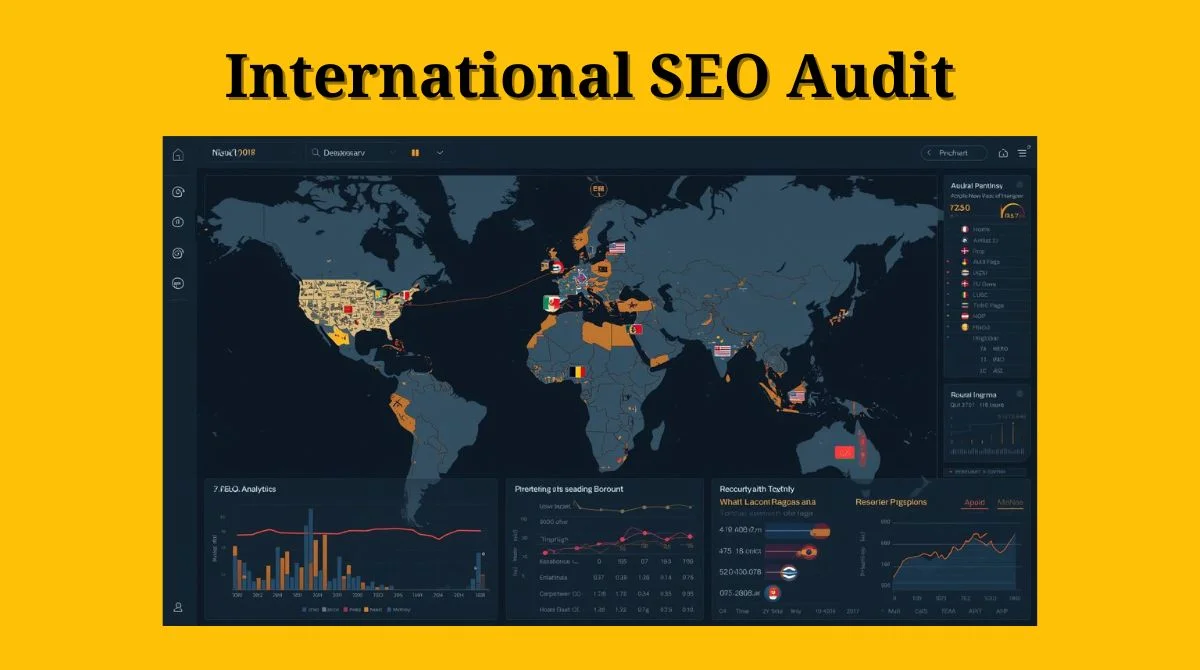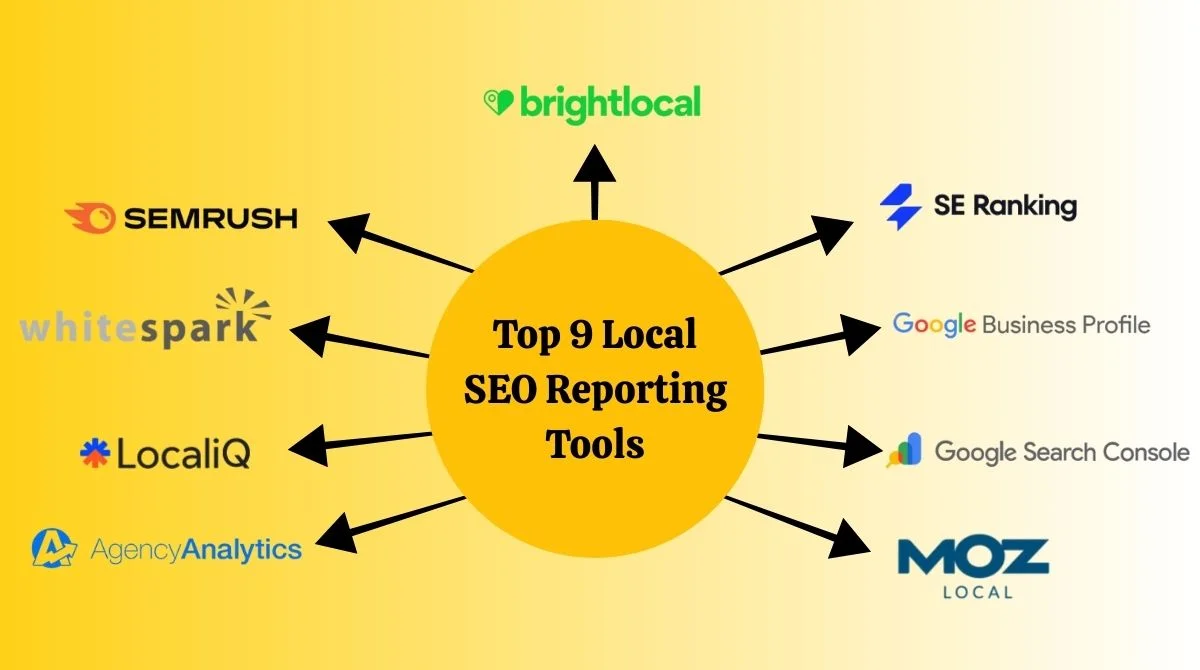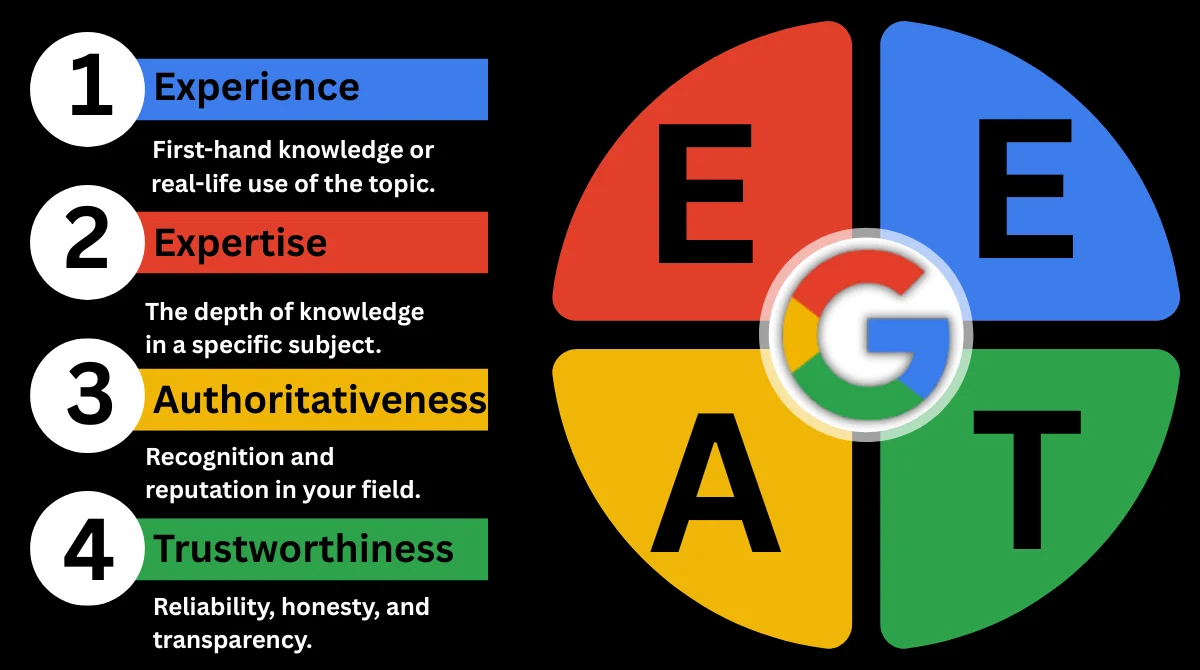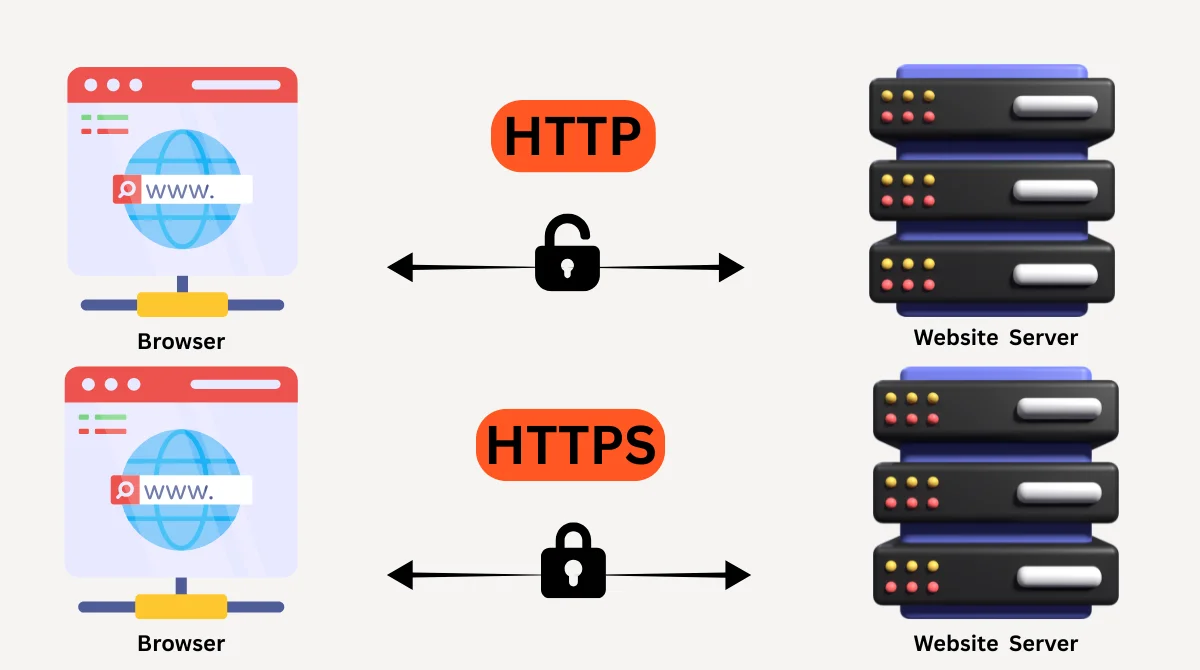- Why Social Media Market Signals Matter?
- Popular Platforms for Market Signal Analysis
- Essential Tools for Social Media Market Analysis
- How to Identify Reliable Market Signals?
- Sentiment Analysis Techniques
- Creating Trading Signals from Social Data
- Risk Management and Limitations
- Best Practices for Implementation
- Advanced Analysis Strategies
- Measuring Success and Improving Results
- Future Trends in Social Media Market Analysis
- Conclusion
Social media platforms have become powerful sources of market intelligence. Millions of investors share opinions daily across Twitter, Reddit, and other platforms. These conversations create valuable market signals that smart traders use to make better decisions.
Understanding how to analyze these signals can give you an edge in today’s fast-moving markets. This guide will show you practical ways to extract meaningful insights from social media chatter.
Why Social Media Market Signals Matter?
Social media reflects real-time investor sentiment. When people discuss stocks, cryptocurrencies, or market trends online, they reveal their emotions and expectations. This collective sentiment often moves before traditional market indicators.
Key benefits of social media analysis:
- Early detection of market trends.
- Real-time sentiment tracking.
- Crowd psychology insights.
- Identification of emerging opportunities.
Studies indicate that daily sentiment and attention indexes, generated from millions of posts on major investor social media platforms, offer important insights into the market. These signals help predict price movements and market volatility.
Popular Platforms for Market Signal Analysis
Twitter/X Analysis
Twitter remains the top platform for real-time market discussions. Financial influencers, analysts, and retail traders share insights constantly. Key features to monitor include trending hashtags, retweet volumes, and engagement rates.
Reddit Communities
Subreddits like r/investing, r/stocks, and r/cryptocurrency offer detailed discussions. Reddit’s upvote system helps identify popular sentiment. Long-form posts provide deeper analysis than Twitter’s character limit.
Discord and Telegram Groups
Private trading communities share real-time alerts and analysis. These platforms offer more focused discussions among serious traders. However, access often requires membership or invitations.
Financial News Comments
Comments sections on financial news sites reveal public reaction to market events. Yahoo Finance, MarketWatch, and Bloomberg comments sections provide valuable sentiment data.

Essential Tools for Social Media Market Analysis
Professional Sentiment Analysis Platforms
- StockGeist: Offers live market sentiment tracking of social media mentions for over 2200+ companies. The platform uses AI to provide real-time sentiment indicators across multiple social platforms.
- ThinkorSwim: Social Sentiment provides an outline of social media mentions of miscellaneous companies and their affiliated divisions, taking into account the mood of posts. This tool helps create trading signals based on social media discussion patterns.
Free Analysis Tools
- Google Trends: Shows search volume changes for specific stocks or market terms. Rising search interest often precedes price movements.
- Twitter: Analytics provides basic engagement metrics for tweets and hashtags. This data helps track conversation volume and reach.
- Reddit: Metrics Tools like Subreddit Stats track post frequency and engagement levels in trading communities.

How to Identify Reliable Market Signals?
Volume and Frequency Analysis
Look for sudden spikes in discussion volume around specific stocks or markets. Increased chatter often signals upcoming volatility. Track both positive and negative sentiment changes.
Source Credibility Assessment
Not all social media users provide reliable market insights. Focus on accounts with proven track records. Check follower counts, engagement rates, and historical accuracy.
Cross-Platform Verification
Strong market signals appear across multiple platforms simultaneously. If sentiment shifts only on one platform, it might be manipulation or isolated opinion.
Timing Analysis
Social media sentiment often leads price movements by hours or days. Early detection of sentiment changes can provide trading advantages. Monitor pre-market and after-hours discussions closely.
Sentiment Analysis Techniques
Positive vs Negative Sentiment Tracking
Count bullish versus bearish mentions for specific assets. Calculate sentiment ratios to identify crowd psychology shifts. Tools like Tweepy and the NLTK Vader Sentiment Analyzer packages help automate this process.
Emotion Detection
Beyond simple positive/negative analysis, track specific emotions like fear, greed, excitement, and panic. These emotions drive market cycles and provide deeper insights.
Keyword Monitoring
Track specific terms related to market events. Words like “crash,” “rally,” “breakout,” or “support” indicate market expectations. Sudden increases in crisis-related keywords often signal market stress.

Creating Trading Signals from Social Data
Sentiment Score Calculation
Assign numerical values to positive, negative, and neutral posts. Calculate daily or hourly sentiment scores for tracked assets. Use moving averages to smooth out noise and identify trends.
Volume-Weighted Sentiment
Combine sentiment data with discussion volume. High-volume negative sentiment carries more weight than low-volume pessimism. This approach reduces the impact of isolated opinions.
Contrarian Indicator Development
Extreme positive or negative sentiment often signals market reversals. When everyone is bullish, markets might be due for correction. Use sentiment extremes as contrarian trading signals.
Risk Management and Limitations
Data Quality Issues
Social media contains noise, spam, and manipulation attempts. Bots and fake accounts can distort sentiment readings. Always verify signals through multiple sources before making trading decisions.
Market Manipulation Awareness
Pump-and-dump schemes often use social media to create artificial hype. Be cautious of sudden positive sentiment spikes for low-volume stocks. Research fundamental factors before acting on social signals.
Timing Challenges
Social media sentiment can change rapidly. Yesterday’s bullish sentiment might turn bearish overnight. Use real-time monitoring and set appropriate stop losses to manage timing risks.
Best Practices for Implementation
Start Small and Test
Begin with paper trading or small positions when using social media signals. Test your analysis methods over several months before increasing position sizes.
Combine with Traditional Analysis
Use social media signals alongside technical and fundamental analysis. Never rely solely on sentiment data for trading decisions. Multiple confirmation sources improve accuracy.
Stay Updated on Platform Changes
Social media platforms frequently update their algorithms and features. YouTube Shorts can now be up to three minutes long and other platforms regularly modify their content formats. Adapt your analysis methods accordingly.
Monitor Regulatory Changes
Financial regulators increasingly scrutinize social media’s market impact. Stay informed about new rules affecting social media financial discussions and disclosure requirements.

Advanced Analysis Strategies
Machine Learning Integration
Use algorithms to process large volumes of social media data automatically. Natural language processing helps identify subtle sentiment patterns humans might miss.
Network Analysis
Study how information spreads through social networks. Influential users’ opinions often cascade through their followers. Identify key opinion leaders in your market sectors.
Event Correlation
Match social media sentiment spikes with market events, earnings announcements, and news releases. This correlation helps predict how future events might affect sentiment and prices.
Measuring Success and Improving Results
Track Your Accuracy
Keep detailed records of trades based on social media signals. Calculate win rates, average profits, and losses. This data helps refine your analysis methods.
Adjust for Market Conditions
The way social media sentiment reacts varies between bull and bear markets. Adapt your strategies based on overall market conditions and volatility levels.
Continuous Learning
Social media platforms and user behavior constantly evolve. Stay updated on new platforms, features, and analysis techniques. Engage with trading communities to exchange ideas and learn from fellow traders.
Future Trends in Social Media Market Analysis
AI and Automation Growth
More than 5.24 billion individuals engage on social channels in 2025, creating massive data volumes. Advanced AI systems will become essential for processing this information effectively.
Real-Time Integration
Trading platforms increasingly integrate social sentiment data directly into their interfaces. This trend will make social media analysis more accessible to retail traders.
Regulatory Development
Expect more regulations around social media, financial advice, and market manipulation. These changes will affect how information spreads and how traders can use social signals.
Conclusion
Social media provides valuable market signals when analyzed properly. Start with simple sentiment tracking and combine it with traditional analysis methods. Remember that social media signals work best as part of a comprehensive trading strategy. Success requires consistent application, careful risk management, and continuous learning to stay ahead in modern markets.













